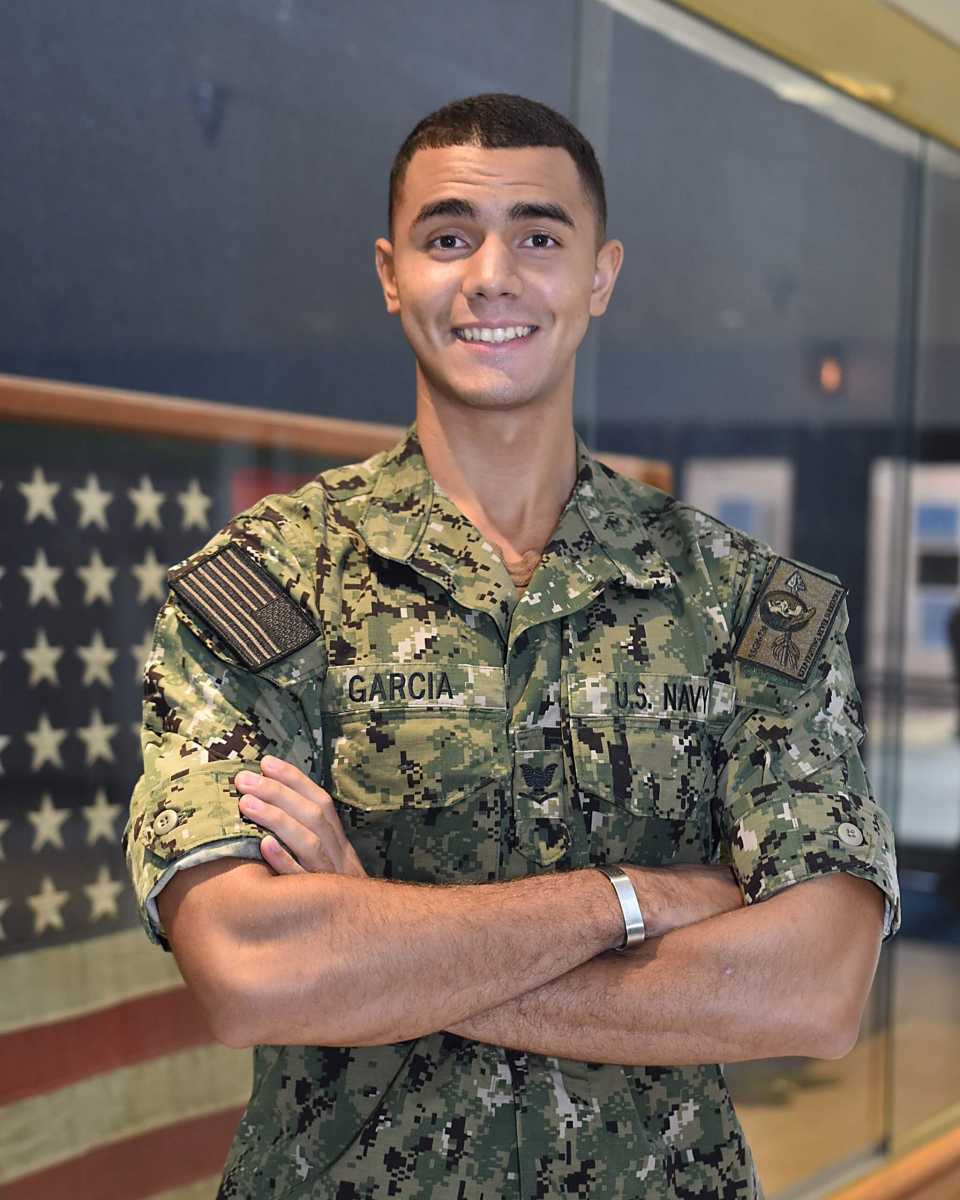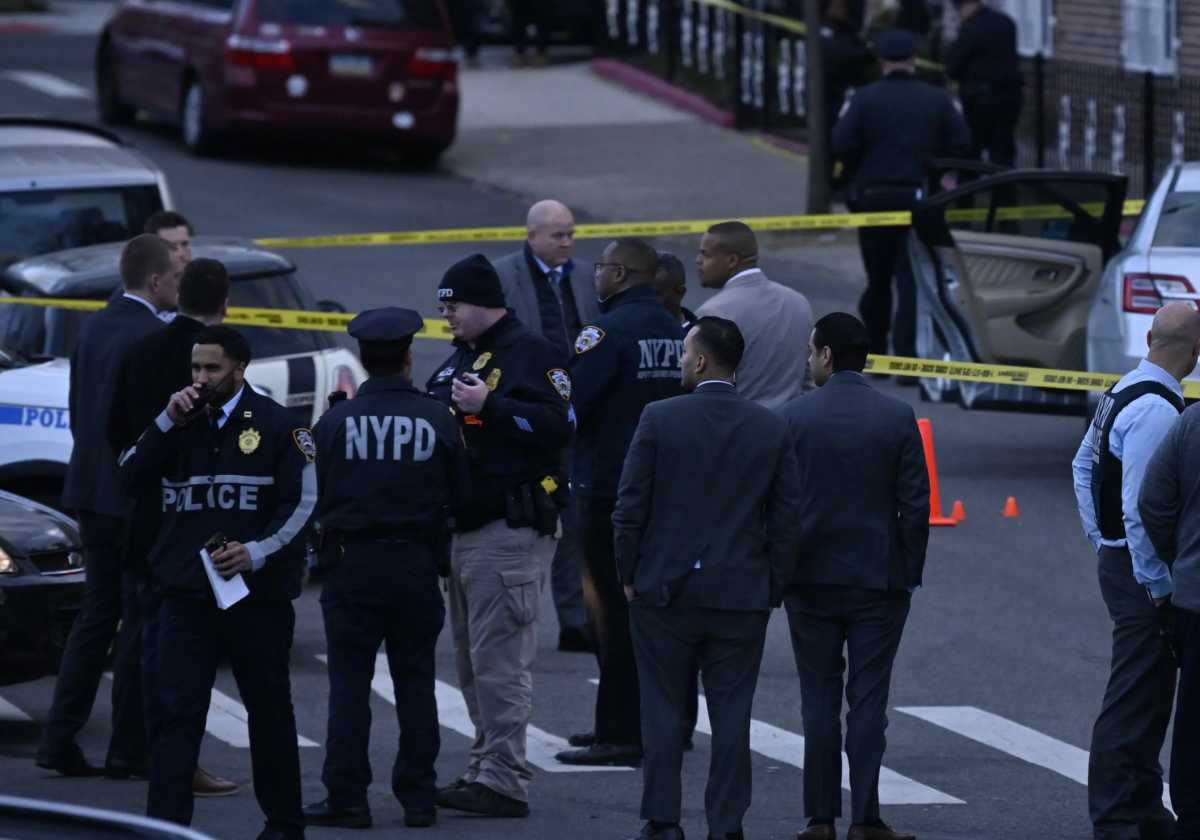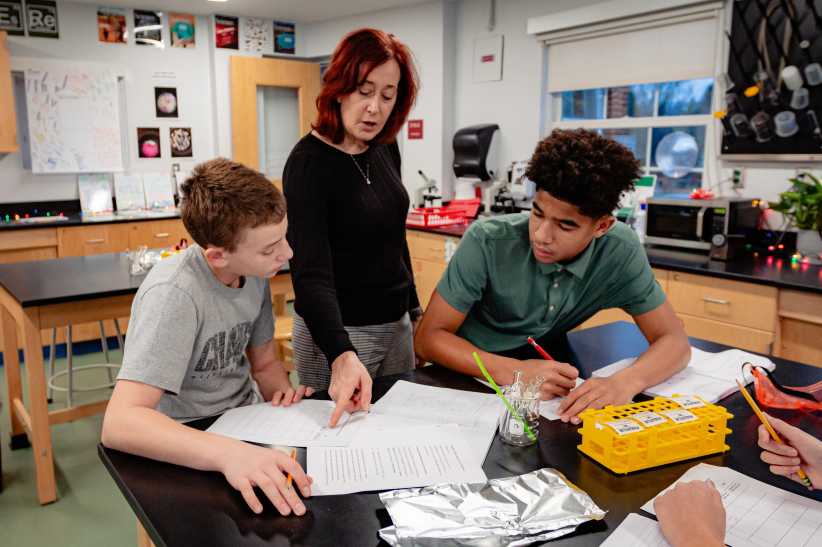A Bronx native is serving aboard USS Florida, one of the world’s most advanced nuclear-powered submarines.
Petty Officer 3rd Class Frankie Garcia, a 2018 Christopher Columbus High School graduate, joined the Navy one year ago. Today, Garcia serves as a missile technician, whose responsibilities include making sure the interface of missiles and their respective tubes work.
“I joined the Navy because I needed to pay the man,” Garcia said. “Nothing more, nothing less.”
According to Garcia, the values required to succeed in the military are similar to those found in the Bronx.
“I learned ‘if you do what is easy, your life will be hard, if you do what is hard, your life will be easy,’ from my hometown,” Garcia said.
Known as America’s “Silent Service,” the Navy’s submarine force operates a large fleet of technically advanced vessels. These submarines are capable of conducting rapid defensive and offensive operations around the world, in furtherance of U.S. national security.
There are three basic types of submarines: fast-attack submarines (SSN), ballistic-missile submarines (SSBN) and guided-missile submarines (SSGN).
Fast-attack submarines are designed to hunt down and destroy enemy submarines and surface ships, strike targets ashore with cruise missiles, carry and deliver Navy SEALs, conduct intelligence, surveillance and reconnaissance missions; and engage in mine warfare.
The Navy’s ballistic-missile submarines, often referred to as “boomers,” serve as a strategic deterrent by providing an undetectable platform for submarine-launched ballistic missiles. SSBNs are designed specifically for stealth, extended patrols and the precise delivery of missiles.
Guided-missile submarines provide the Navy with unprecedented strike and special operation mission capabilities from a stealthy, clandestine platform. Each SSGN is capable of carrying 154 Tomahawk cruise missiles, plus a complement of heavyweight torpedoes to be fired through four torpedo tubes. As a member of the submarine force, Garcia is part of a rich 121-year history of the U.S. Navy’s most versatile weapons platform, capable of taking the fight to the enemy in the defense of America and its allies.
Serving in the Navy means Garcia is part of a team that is taking on new importance in America’s focus on rebuilding military readiness, strengthening alliances and reforming business practices in support of the National Defense Strategy.
“The Navy is a versatile superpower,” Garcia said. “It supports and covers more operations than one would think. The Navy ultimately protects and secures us all with its relentless contribution to society.”
With more than 90% of all trade traveling by sea, and 95% of the world’s international phone and internet traffic carried through underwater fiber optic, Navy officials continue to emphasize that the prosperity and security of the United States is directly linked to a strong and ready Navy. A major component of that maritime security is homeported at Naval Submarine Base Kings Bay.
“We do two big things here in King’s Bay: we send SSBNs on Strategic Deterrence Patrols and we forward deploy our guided missile submarines overseas,” said Rear Adm. John Spencer, commander, Submarine Group Ten. “This work is essential to uphold the number one mission of the Navy: strategic deterrence. And this is the only home port for both of these types of submarines on the East Coast.”
Strategic deterrence is the nation’s ultimate insurance program, and for decades, Kings Bay has been home to Ohio Class SSBN ballistic-missile submarines. Beginning in 2028, the new Columbia Class ballistic-missile submarines will arrive and provide continuous sea-based strategic deterrence into the 2080s.
As Garcia and other sailors continue to train and perform the missions they are tasked with, they take pride in serving their country in the United States Navy.
“Serving in the Navy means more to me than words could ever articulate,” Garcia said.
























